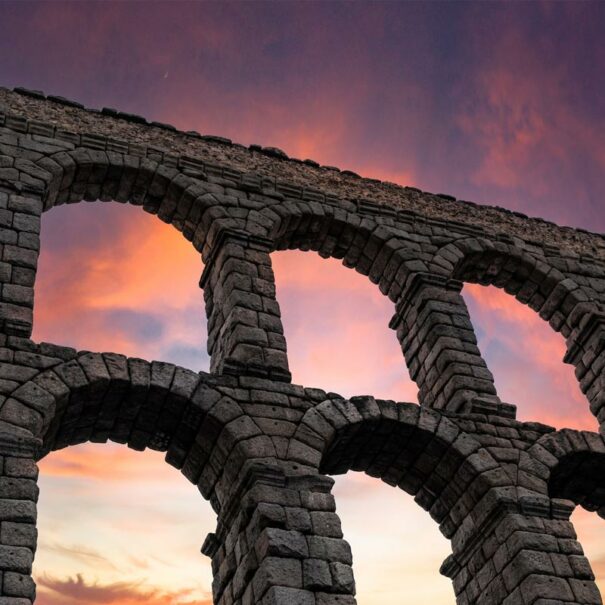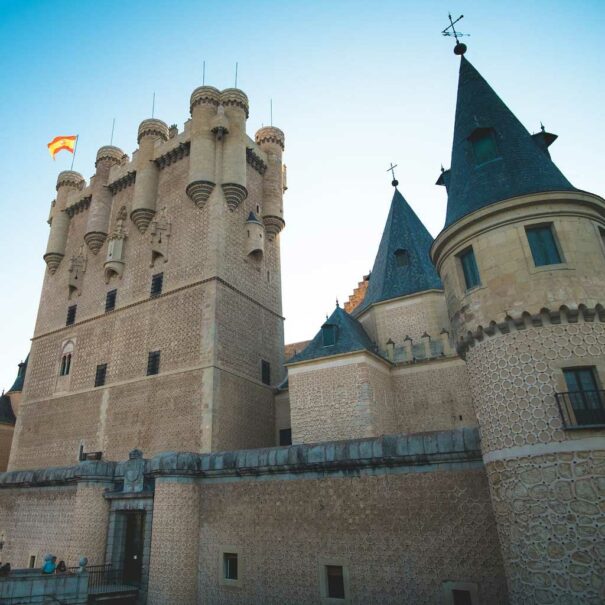What to do in Segovia ? Discover the Alcázar, the Roman aqueduct and Segovia Cathedral
Segovia, a medieval pearl in the heart of Spain, just 100 km from Madrid, was once the nerve center of royal power in the Middle Ages. Its strategic location enabled the monarchs to consolidate their hold on the kingdom.
Immerse yourself in our guide to visit Segovia in a day during your stay in Spain. Don’t waste any more time discovering what to do and see in Segovia.
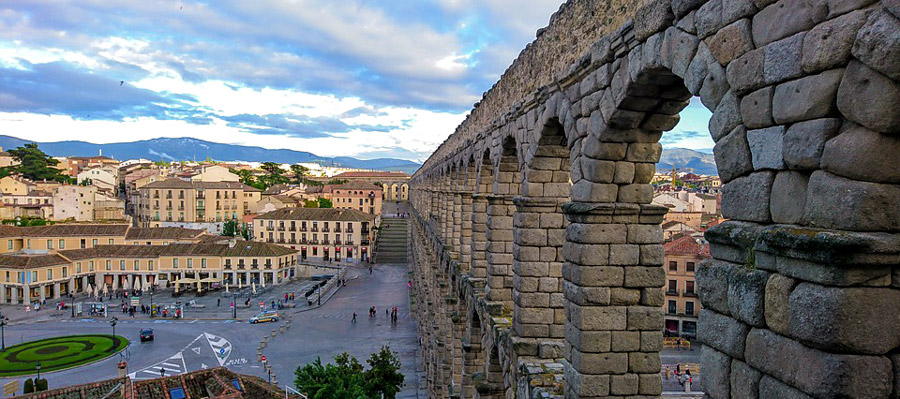
A day trip from Madrid to Segovia: what to see and do?
Madrid has the advantage of a multitude of nearby cities, such as Segovia, Avila, Cuenca and Toledo, ideal for day trips from the capital. In an upcoming article, we’ll be revealing the must-sees of Toledo, a medieval city listed as a UNESCO World Heritage Site.
Plan your visit to Segovia now and make the most of your stay in Spain with our list of things to do in a day in Segovia.
Tourism map of Segovia
You can find a detailed map of Segovia via this PDF link.
How long does it take to visit the medieval city of Segovia?
To visit Segovia’s main attractions, such as the aqueduct, cathedral and Alcazar, one day may be enough. If you want to explore more, including the surrounding area and lesser-known sites, allow two to three days. This will allow you to take full advantage of the city and its surroundings.
How do I get to Segovia from Madrid?
Segovia is part of the Autonomous Community of Castilla y León, named “Historical and Cultural Community” for its great cultural wealth. The city of Segovia lies to the northwest of Madrid.
There are three options for getting there:
- The first option is to get there by car.
- The second, quicker and more economical option is to take the train from Madrid Chamartin station to Segovia station.
- The last option is to take a bus from Madrid to Segovia.
The Madrid-Segovia connection is very easy. If you don’t want to organize this excursion yourself, please write to us. The Madrid Discovery team will suggest the ideal itinerary for a unique and authentic experience.
Madrid-Chamartín Segovia train timetable
To reach the city of Segovia from Madrid by train, go to the Madrid-Chamartín train station located north of Madrid.
| Departure from Madrid-Chamartín | Arrival in Segovia | Duration |
|---|---|---|
| 08:00 | 09:08 | 1h 08m |
| 10:00 | 11:08 | 1h 08m |
| 12:00 | 13:08 | 1h 08m |
| 14:00 | 15:08 | 1h 08m |
| 16:00 | 17:08 | 1h 08m |
| 18:00 | 19:08 | 1h 08m |
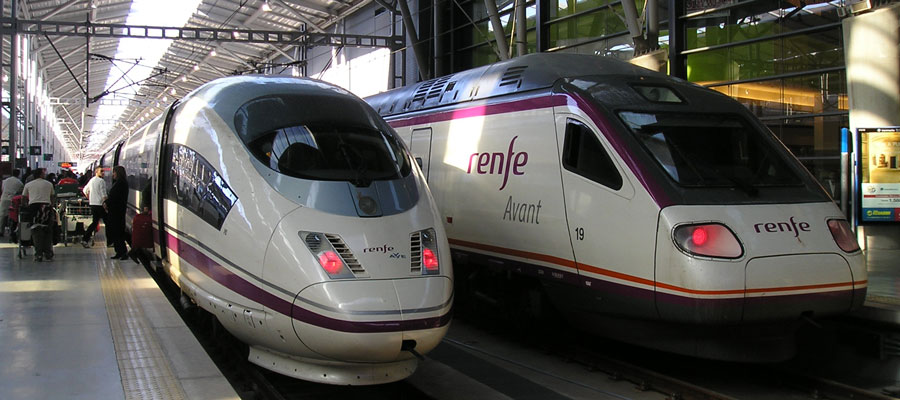
Visit the Alcázar of Segovia
A visit to Segovia’s Alcazar is one of the city’s most interesting tours. Here you can discover the different rooms where Spanish history was written, offering a complementary visit to Madrid’s royal palace.
The Segovia Alcázar consists of three parts: the museum, the castle and the Juan II tower.
We recommend a visit to the Juan II Tower for a breathtaking view of the city, but don’t forget that 152 spiral staircases await you!
Timetable for visiting Segovia's Alcázar
Summer opening hours: (April 1 to October 31) 10:00 am to 8:00 pm
Winter opening hours: (November 1 to March 31) 10:00 am to 6:00 pm

Discover the Segovia aqueduct
Segovia’s aqueduct is part of the medieval city’s landscape, and you can’t miss it. For one of the best views of the building, we recommend taking the stairs to the right of the aqueduct. Once at the top, you’ll be on the rampart, with a breathtaking view of this magnificent structure dating back to the Middle Ages.
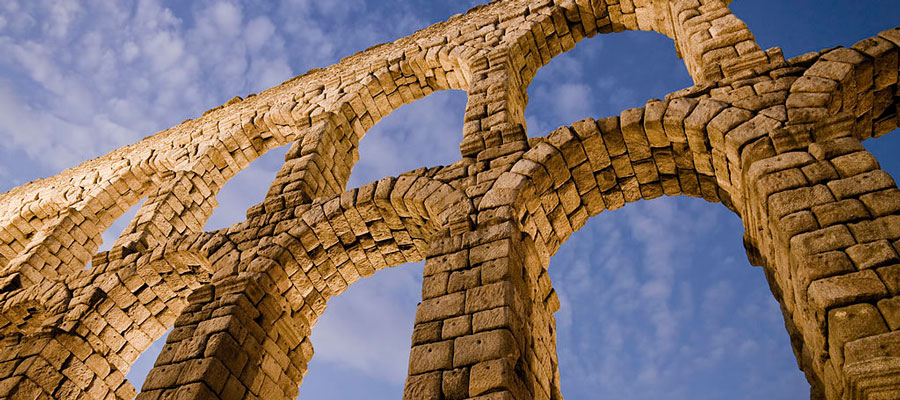
Visit Segovia Cathedral
Segovia Cathedral, imposing in its size and architecture, is a must-see when visiting the city. It is composed of 3 naves forming a Latin cross plan. The cathedral can be entered through three doors: Puerta de San Geroteo, Puerta de San Frutos and Puerta de Santa María.
Segovia Cathedral opening times
March to November: Monday to Sunday: 9:30 a.m. to 6:30 p.m. (last visit half an hour before).
April to October: Monday to Sunday: 9:00 am to 9:30 pm (last visit half an hour before).

Visit the walls of Segovia
Declared a World Heritage Site by UNESCO, the Segovia wall is one of the most beautiful and ancient walls in Spain. The total length of the wall is 3 km 406 m, and it can be up to 2.5 m thick. Its average height has been estimated at almost 9.50m.
The wall was made up of 5 toll gates, of which 3 can be seen today: the San Andrés gate, the Santiago gate and the Saint-Cyprien gate.
Visit Segovia's Jewish Quarter and Old Town
We recommend visiting the Jewish Quarter beyond the city wall. The wall’s parapet walk will give you a breathtaking view of the city’s Jewish quarter and general architecture. Once you’ve completed your visit to the city walls, head off to Segovia’s Jewish Quarter to discover the district’s atypical architecture.
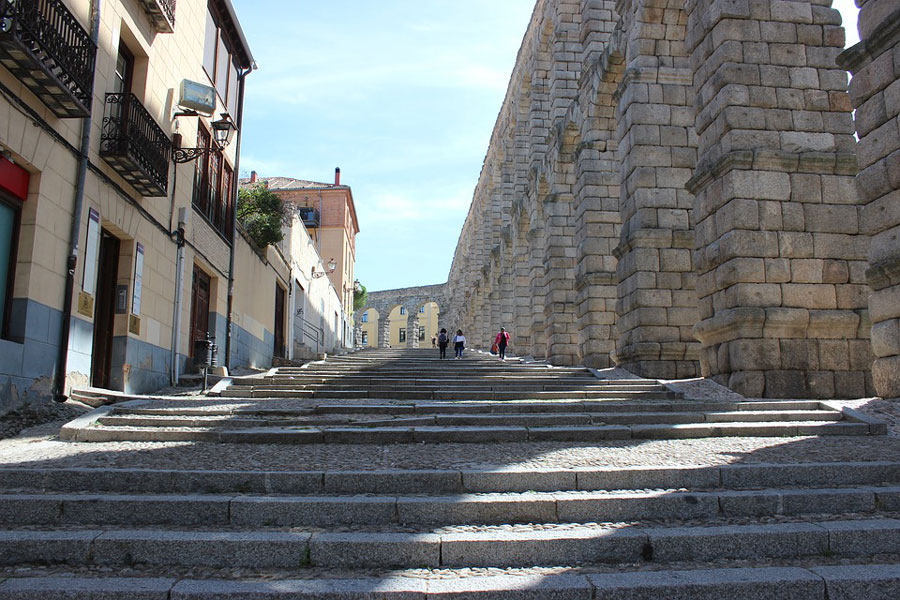
Discover Segovia's culinary specialties and eat a suckling pig
Segovia is best known for its impressive Roman aqueduct and magnificent Alcazar, but for food lovers the world over, Segovia is one of the best cities in the world in which to enjoy a suckling pig, the region’s specialty.


